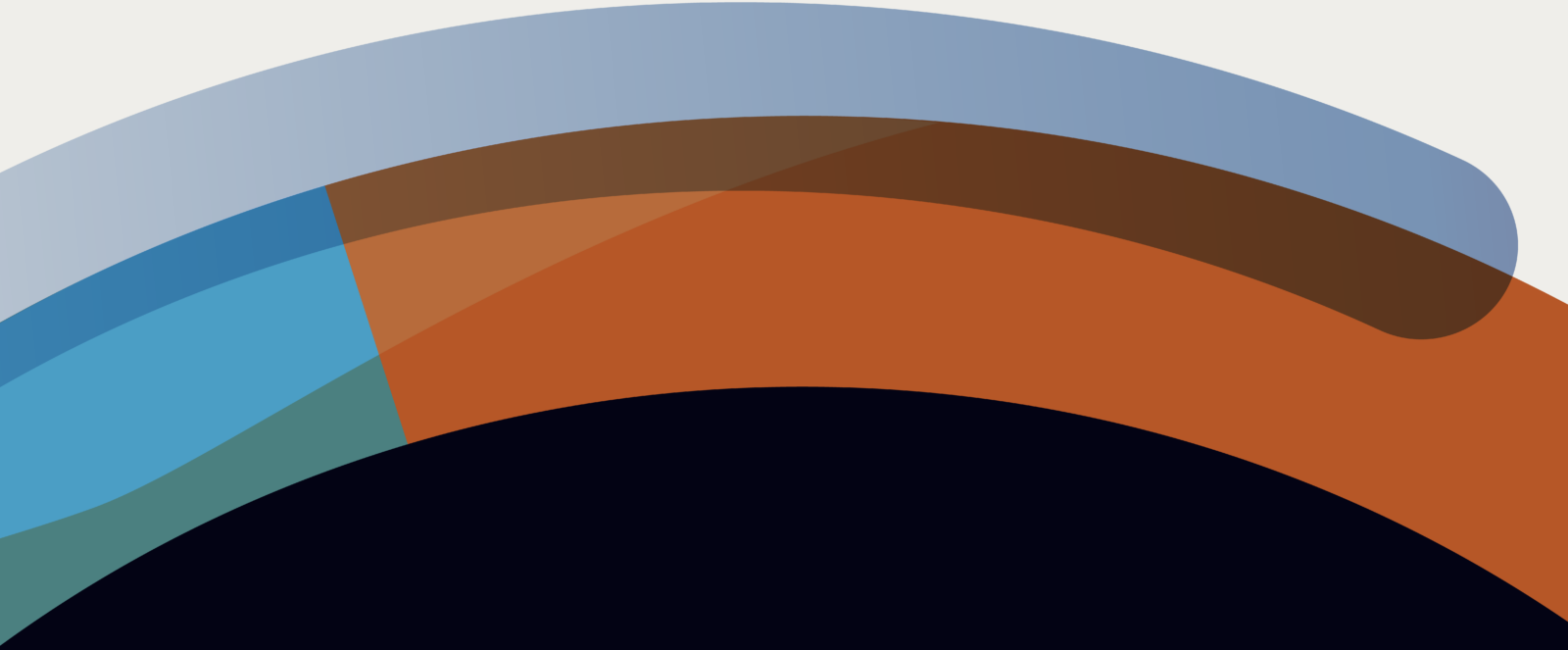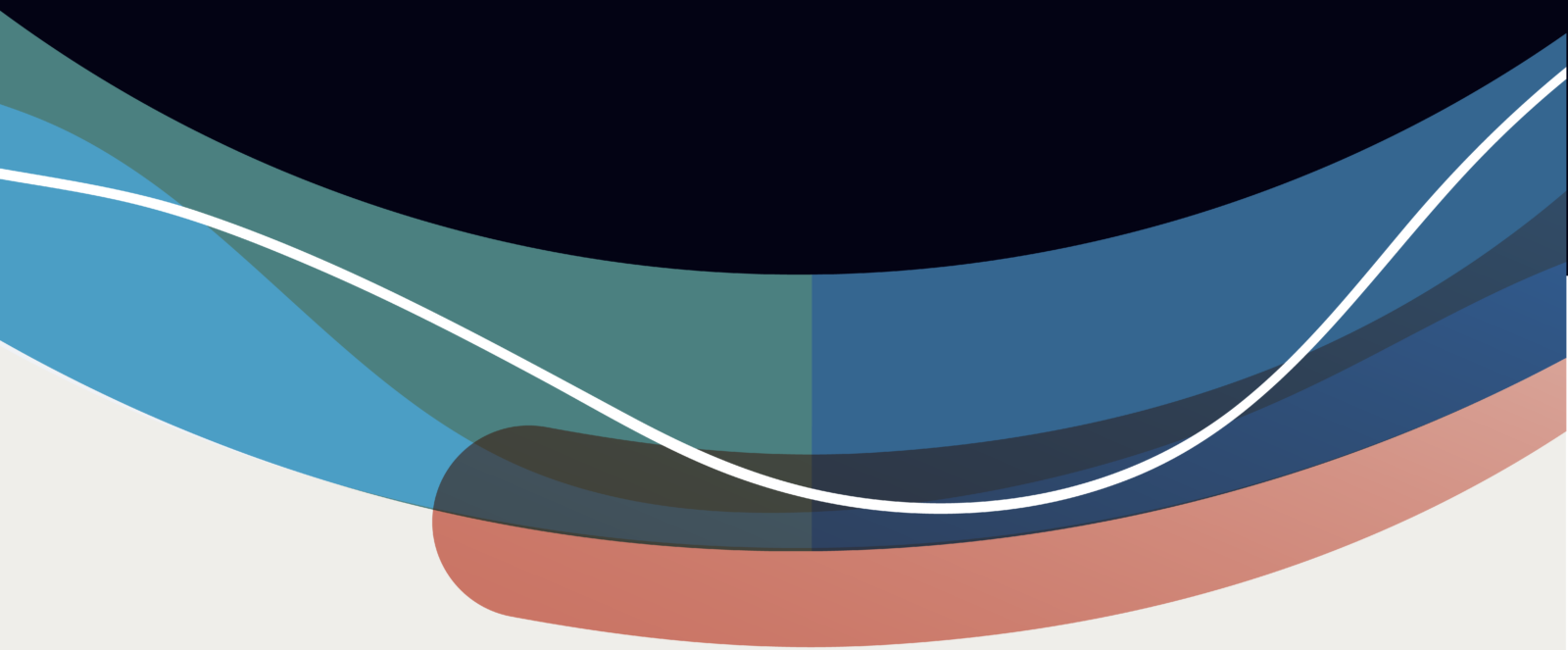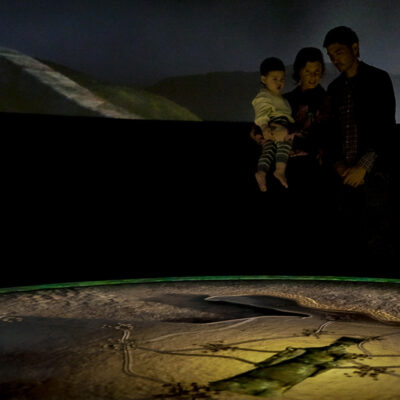The Future Water Story
Collaboration + interactivity put young people at the centre of our water story.
- Melbourne Water
- +500students in 5 months
The Future Water Story is an interactive experience exploring the challenges of water management in an increasingly uncertain world. Created in partnership with Melbourne Water, the experience invites secondary school students to work collaboratively as they make decisions on behalf of community groups within a fictional town. With every decision, visitors feel the consequences of their actions as they balance water as an empowering and limiting force in the quest to create the best suburb.
Water literacy education transformed
The BriefIn an effort to boost water literacy rates across Victoria, Melbourne Water decided it was time to revitalise their leading education experience at the Western Treatment Plant. The idea was to develop a Digital Education Centre that would provide a full-day excursion for up to 60 Year ⅞ or VCE students focused on the challenges and opportunities of water.
To bring this idea to life, Melbourne Water partnered with S1T2 to create a more engaging educational experience. Our goal would be to explore how interactive technology and immersive storytelling could be used to drive water literacy outcomes while spurring the next generation towards the kind of changes needed to secure Melbourne’s future.
Building a foundation for future success
DiscoveryAs with any project this size, our first step was to unpack the brief, challenges and opportunities through Discovery.
In this case, we spent a week out at the Western Treatment Plant, immersing ourselves in the context of the project, interviewing experts, and conducting workshops with the Melbourne Water team. This helped us better understand the organisation, the problem they were trying to solve, and the messaging they were hoping to deliver.

We conducted online focus groups with teachers and students, to get a better sense of their needs and how our experience could best serve the target audience. And we undertook desk research, competitor analysis and document review, with a particular focus on existing curriculum and methodologies for communicating about water literacy.

The outcome of this phase was not just a better understanding of the project for our team. We also produced a research report and suite of recommendations for how to move forward that could be circulated more widely across Melbourne Water. And, most importantly, we had begun fostering the relationships we would need to work collaboratively as we brought the new experience to life.

An immersive, collaborative experience
Creative
Armed with research and recommendations from the Discovery phase, we set out to figure out what a new education experience at the Western Treatment Plant might look like. For a while now, we’ve been exploring what it might be like to create an interactive story not just for one person, but many. And this seemed like the perfect opportunity.
We wanted to take advantage of the fact that we would have the attention of 30 students for an hour, all in the same space. Our goal was to inspire the next generation to support Melbourne Water’s vision of the future. But we wanted to do so in a way that would empower them to discover and experiment with that future for themselves.

Experimentation + iteration
PrototypesWith a clear vision of what we needed to create, we began making prototypes. Using paper, whiteboards, and eventually rough digital mock ups, we experimented with game designs and mechanics. And what we found was that the most promising prototypes weren’t necessarily the most fun, or the most novel. They were the ones that inspired discussion and collaboration. Interestingly, this aligned with what we’d found during Discovery, which was that the most valuable part of the existing experience at WTP was access to the expert, onsite educators.

Through this experimentation and iteration, we learnt that our best bet would be to use what we would create in the digital world to support connections in the physical one. Our goal would be to lean on and expand the facilitated, in-person nature of the experience, while giving students the agency and real-time feedback they needed to make a difference.
Simple storytelling with real-life relevance
NarrativeWhile we wanted to create a story world that students could fully immerse themselves in, that world needed to feel real and relatable in order to inspire change.
In small groups, students would be empowered to make decisions on behalf of community groups within a fictional town. With every decision, students would feel the consequences of their actions as they balanced water as an empowering and limiting force in their quest to make their town the best it could be.
Sparking conversation + connection
MechanicsWorking in small groups, students would be given a series of decisions that their community group was responsible for. Together they would sort through hundreds of pieces of evidence, from community opinions, facts, statistics, news articles, reports, graphs, and more.
The groups would then discuss their options, and make a collaborative decision on how to move forward.
Sometimes, students would need to find a way to work with other groups, forging partnerships that would allow them to make more powerful decisions.
After each decision, students would come together to witness the results of their actions on a huge LED display delivering real-time game metrics. The educator would then lead a reflection to help students reflect on their decisions, and consider the best way forward.
A compelling, immersive visual identity
Art DirectionBalancing innovation and a strong sense of place, the art direction is designed to feel future-focused yet familiar; scientific precision blends with organic shapes, natural colours pair with bold accents. From the hi-vis vests available upon arrival to the central floor display introducing the experience, each element of The Future Water Story was designed to immerse visitors in the unfolding story.
Balancing novelty + functionality
HardwareIn order to bring this experience to life, we opted for a hybrid approach. One that could harness the potential of physical immersion, collaborative learning, and real-time outcomes. Visitors would interact mainly through one of six multi-touch tables scattered throughout the room. These tables were able to track up to 50 touches at a time, more than enough to allow our small groups of visitors to interact collaboratively.

In the centre of these tables, at the very heart of the room, was a huge 3.5m circular LED inset into the floor. Groups would gather around this display at the beginning of their visit to watch a Welcome to Country and specially designed Introduction Video. They would also gather together at the end of each decision-making period, when the educator would use real-time game metrics shown on the screen to lead an educational reflection.
Supported by meaningful spatial design
Spatial DesignThe Future Water Story takes place in a dedicated space at the Western Treatment Plant, specifically themed to encourage an immersive experience. It took many iterations of the spatial design to ensure the environment we created would be conducive to our learning goals.
Particularly exciting was the opportunity to collaborate with Traditional Owners of the land on which the Western Treatment Plant sits, integrating into the spatial design indigenous symbols that told the story of the land, as well as that of the experience.



Bringing all the elements together
InstallationAfter almost two years of collaboration, design and development, we were finally at the crucial juncture: installation and deployment. This involved yet another level of collaboration, as we managed architects, builders, electricians, set designers, painters and more to bring the Digital Education Centre to life.

Immersive + collaborative learning
Roll OutCreating such a blended experience, that relied on both the physical and digital worlds, was always a risk. But we knew from the very beginning that, while this was a digital education centre, the real magic would come from the discussions it inspired. Everything we created was there to support interaction, collaboration and connection.
The Future Water Story is now up and running at Melbourne Water’s Western Treatment Plant. It hosts schools across the greater Melbourne region throughout the year, providing an opportunity for students of Geography, Systems Engineering and Environmental Sciences to discover, for themselves, the future water story.

Stay in the loop
Subscribe to our newsletter to receive updates and insights about The Future Water Story and other S1T2 projects.

































